At parties, my friends often herd me into conversations with other writer-types. Oh, you know what, Sarah over there just got hired as a copy editor – I’ll introduce you! But, the subtext is usually: You know who else is awkward at parties? My friend Sarah who owns a collection of vintage encyclopedias.
Then, I am inevitably introduced as Alex the Copywriter, even though my LinkedIn profile clearly states that I am Alex the Content Writer.
I have long since stopped correcting this error, because sometimes I do actually write copy – and a first impression probably isn’t the right time to display my persnickety side.
Fortunately, this blog is the perfect platform for me to be fastidious about the distinction between content and copy.

Copy vs Content, a Comparison
Let’s start with a concise definition of each term for the TL;DR crowd, and then we’ll expand each concept to better understand the roles they play in modern marketing:
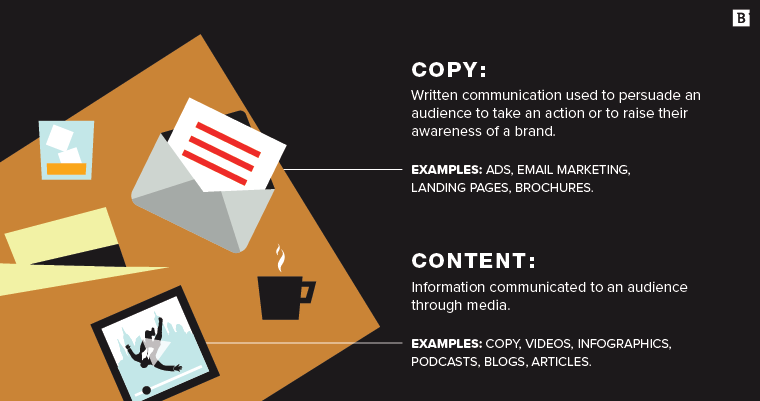
- Copy is written communication used to persuade an audience to take an action or to raise their awareness of a brand.
- Examples: Ads, email marketing, landing pages and brochures.
- Content is information (written, visual or audio) communicated to an audience through media.
- Examples: Copy, videos, infographics, podcasts, blogs and articles.
In other words, all copy is content, but not all content is copy. Simple, right? Not always. Because web content can take written form and still not be considered copy, it’s easy to get confused. Just keep this old adage in mind: content tells, copy sells.
A landing page about product features? That’s marketing copy (some might call it sales copy). A white paper about industry trends? That’s content.
Subscribe to
The Content Marketer
Get weekly insights, advice and opinions about all things digital marketing.
Thank you for subscribing to The Content Marketer!
Do you need a separate copywriter and content writer? The answer to that question depends on who you ask. One ad agency would say “absolutely.” Another marketing agency might have a professional writer who wears both hats. It’s really up to the brand to decide, as copywriters and content writers tend to be specialists in their respective fields.
But, before we get ahead of ourselves with examples, let’s get some more context.
A Brief History of Copywriting and Content Writing
Starting from humble beginnings in the early 1900s, modern copywriting grew into a global phenomenon in post-war America. In a short span of time, ad copy evolved from hackneyed and prescriptive blocks of text to bold and psychologically aware consumer appeals.
- The early 1900s: Content marketing’s roots are firmly planted in this particular decade. Michelin Tyres released The Michelin Guide to encourage people to take road trips that require, you guessed it, good tires. (Fun fact: This is what led to the development of the restaurant Michelin Star system).
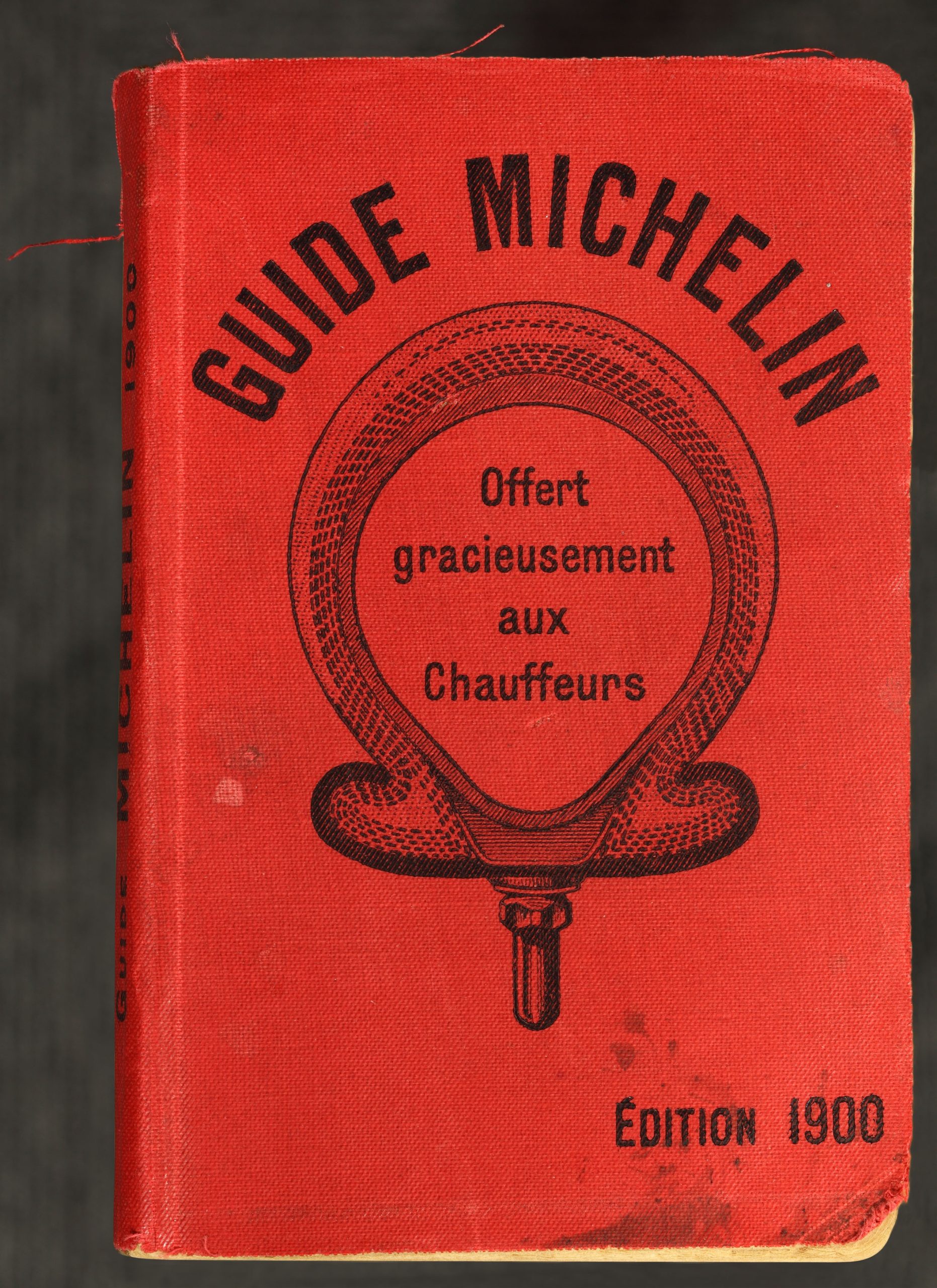
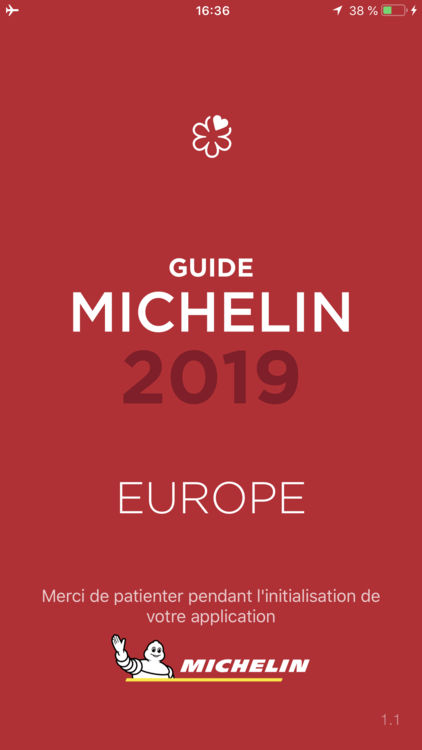
- 1940s: Moving away from guides to adverts, this Pontiac ad features long-form copy that expounds upon all of the great features of the car, and there’s a heavy-handed visual reference to the car’s affordability and value.
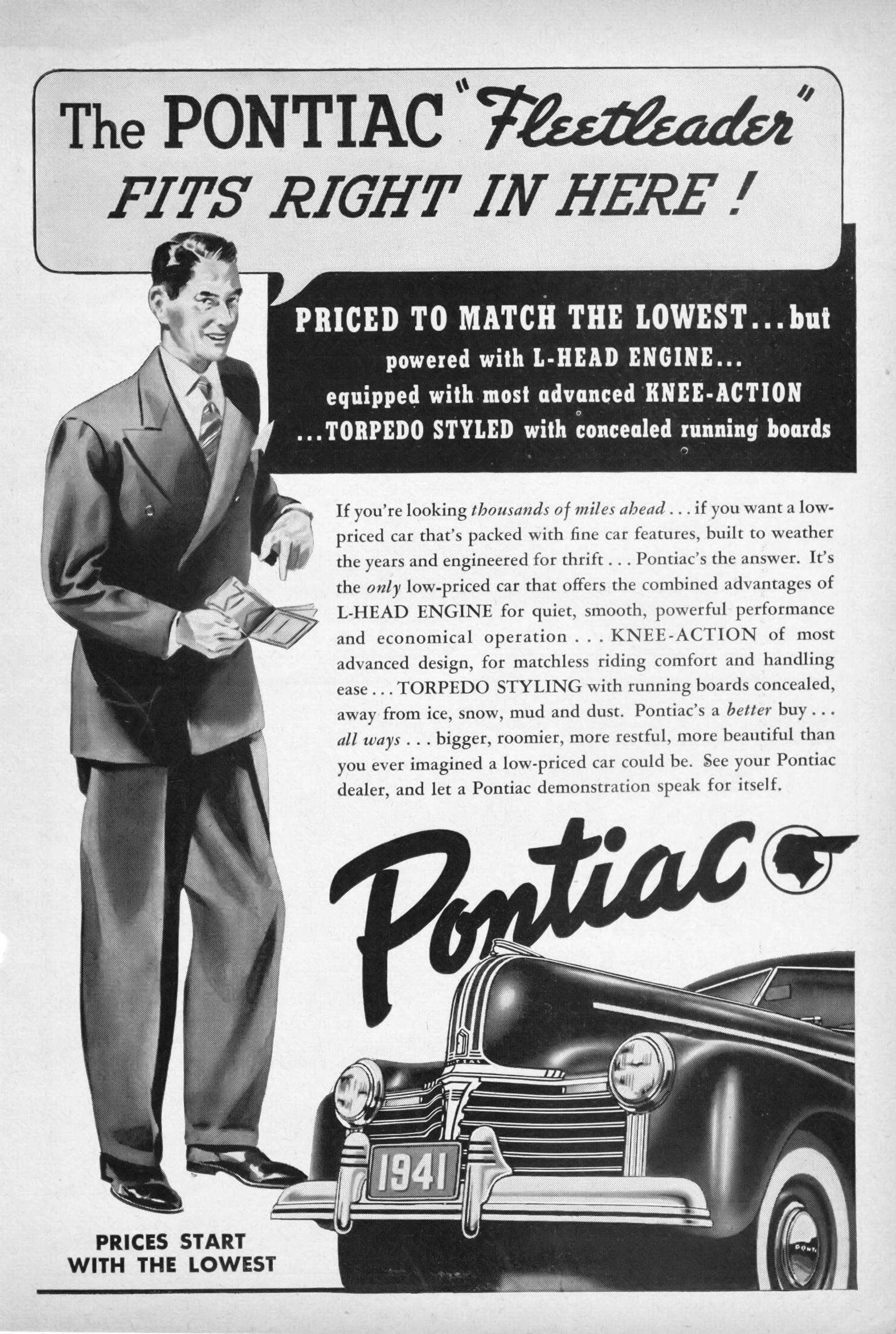
- 1950s: Many of the brands you know and trust today took shape during this decade, the days of the Mad Men-esque ad execs. This decade saw the transition from text-heavy ads to a greater reliance on visuals, as evidenced by this Lucky Strike ad.
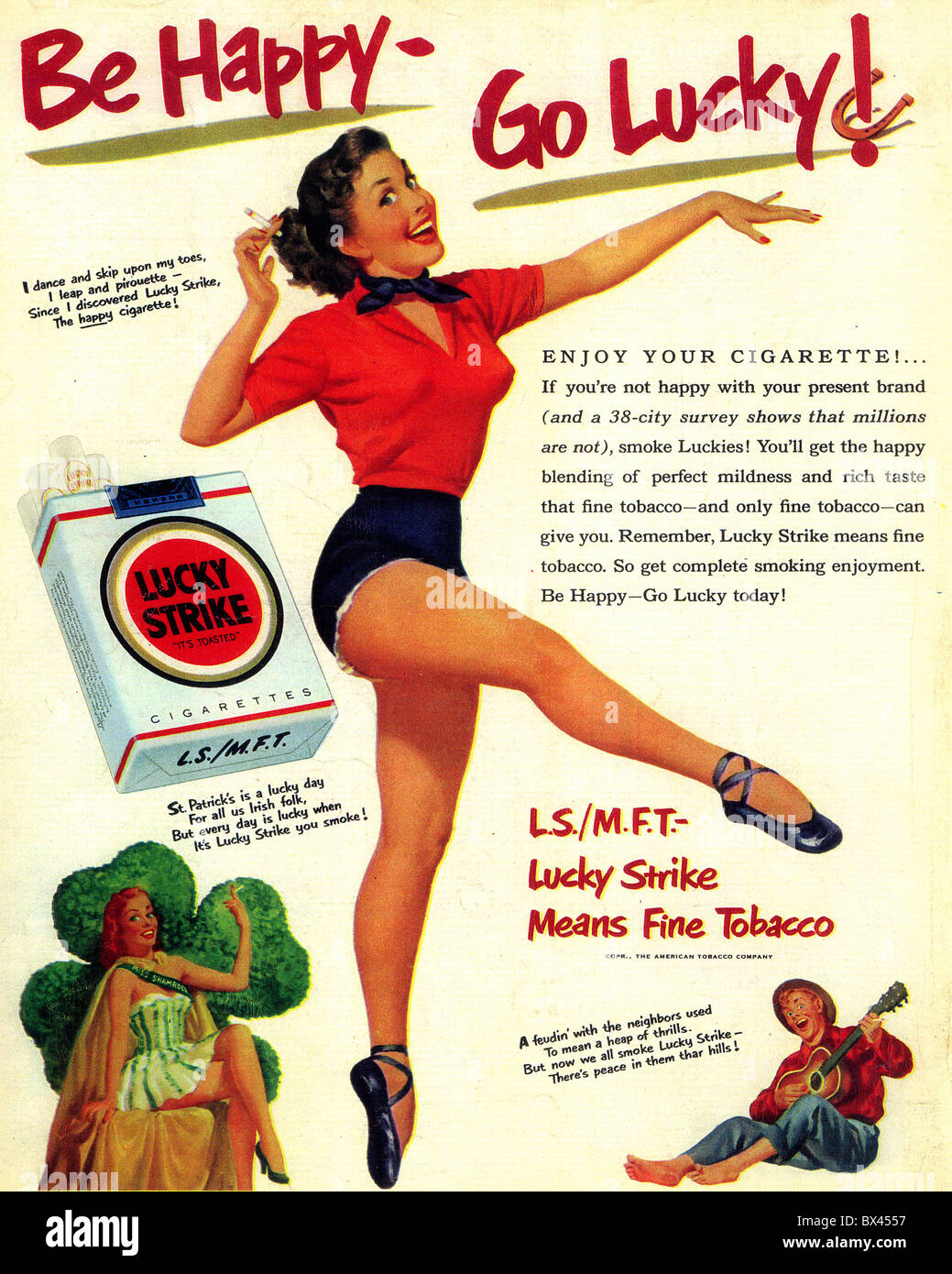
- 1960s: In this Kellogg’s ad from the 1960s, the visual story takes precedence over the tagline and brand name. That long-form copy is completely gone, but the emotions it evokes are clearly intended to make a sale.
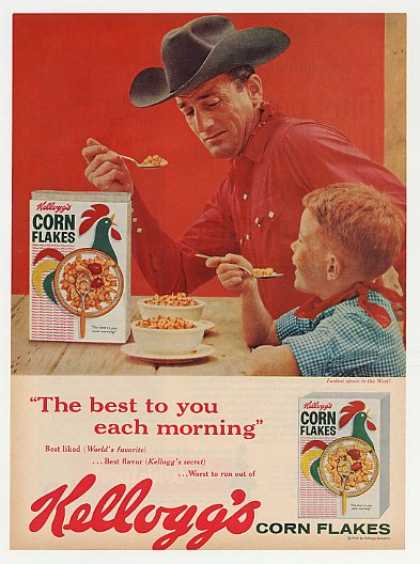
Both types of copy still exist on the web today. You can draw a parallel between the Pontiac ad and modern landing page web copy, and you could draw another between the Kellogg’s ad and a social media display ad.
And, both serve a purpose in a marketing campaign and content strategy. We need copywriting to throw a product or service offering in our faces, and then we need content to convince us to purchase. That gives businesses brand awareness and conversions.
Content marketing, especially web content, has also evolved quite a bit over the years. We’ve moved on from frenzied keyword stuffing to a focus on search intent and analytics. Modern content marketing strategies leverage multiple types of media, audience remarketing platforms, automation technology and an array of SEO tools.
The twin evolutions of content and copy have been the source of some confusion among marketers, clients and hiring managers. Earlier, I said that copy referred strictly to written content – but wouldn’t that include video scripts and prepared speeches? While I could get bogged down in semantics – as I often do at parties – let’s focus on intent as we explore the examples below.
Content tells, copy sells.
Examples of Content
Off the bat, it’s important to note that most of the examples below are long-form writing. That is, a piece of writing that’s around 1,000 words or more. Naturally, blogs can be and often are shorter than that, in which case they’d be considered short-form content. However, you’d be hard pressed to find an eBook or white paper that doesn’t hit the 1k word mark.
Blog Posts
Generally, a blog post attracts users to websites by leveraging organic search. Organic, in this case, means that the blog publisher isn’t paying for clicks. Users search for information and click on the links that are most likely to satisfy their needs.
In fact, this very article is a prime example of informational content! Perhaps you wanted to better understand the definitions of content and copy, or you wanted to settle a debate with that co-worker who thinks he knows everything. If I’ve done my job correctly, this post will answer all of your burning questions.
White Papers
Informed prospects make better leads. When sales representatives speak with potential customers, they’ll have less difficulty closing the deal if they don’t have to spend precious time explaining their business and establishing credibility.
White papers serve to educate and inform prospects before they interact with the sales department. Utilizing high-quality research, interesting visuals and clear takeaways, white papers establish brand authority by providing valuable content without attempting to sell anything to the reader.
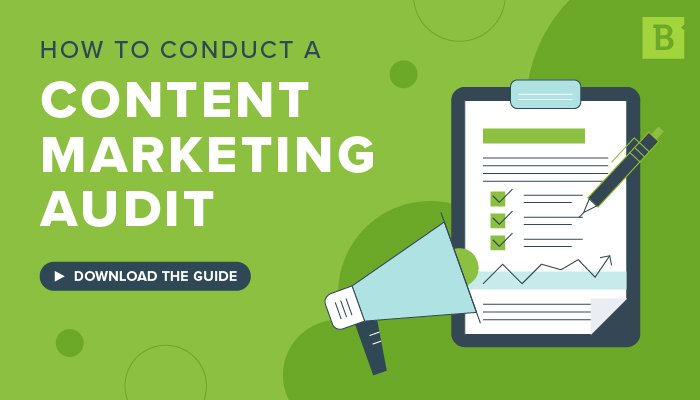
eBooks
Though eBooks serve a similar purpose to white papers – they build thought leadership and engage a targeted audience – they often try to teach the reader something new. That’s why you’ll often find how-to guides in eBook format.
This type of content is very appealing to visual learners because eBooks tend to feature rich imagery, bulleted lists and short paragraphs. Plus, they’re easy to share, which makes them an ideal tool for B2B marketers who need to reach multiple decision-makers.

Examples of Copy
Landing Pages
When brands want to make a good first impression, there are few better ways to do so than with a landing page. Copy is essential to a good landing page; it generates leads by describing product or service features and establishes credibility through customer testimonials and similar appeals.
Landing page copy works alongside video content, forms, calls to action and company logos to guide the reader further down the sales funnel. It certainly informs the reader, but its main intention is to sell.
Site Banner Ads
Banner ads don’t have a lot of room for text, so the copy they employ needs to be concise and targeted at a specific audience. They most often contain a keyword and a call-to-action, though they may also use videos and animation to attract readers.

Social Media Ads
I like to think of social media ads as the logical evolution of newspaper ads. The main focus of a social ad (or even a humble unpaid social media post) is usually a graphic or video, which is supported by a few lines of copy. The ability to include links, hashtags and comments makes them better at encouraging engagement than their predecessors.
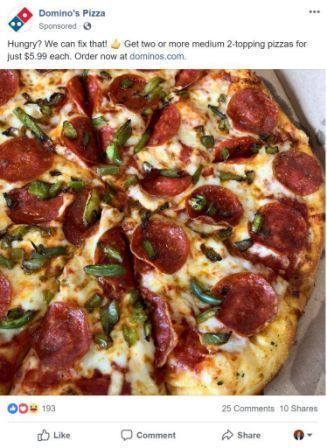
Social ads need to work their magic before users scroll away, so the copy they use needs to be punchy and straight to the point.
Copy, Content and SEO
Content marketers employ effective copywriting and other types of content to improve conversion rates, build audiences and spread brand awareness. It’s essential to deliver your content to your audience, and that’s where search engine optimization (SEO) comes in. No matter what type of content is being produced, it needs to be optimized for search engines. Without SEO, all of that great content will go unnoticed in the dusty depths of the internet.
Copy and other forms of good content can serve outbound and inbound digital marketing strategies by making connections with prospective customers and strengthening that relationship.
As a content creator, having clear definitions of content and copy makes it easier to produce valuable work. When you understand the intention of your written, visual and audio communications, you’ll find more opportunities to connect with customers in meaningful ways.
If you want to discuss the nuances between content and copy further, drop a comment below, or look for me at a party – I’ll be the one eating all the artichoke dip and having a debate about grammar.
Editor’s Note: Updated May 2023.





